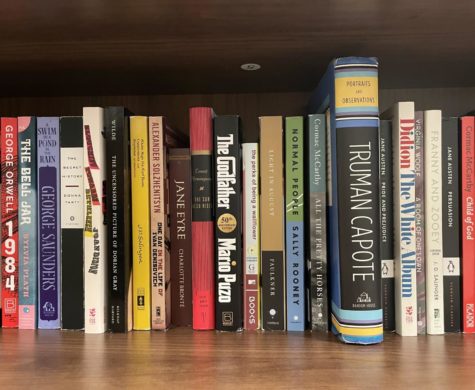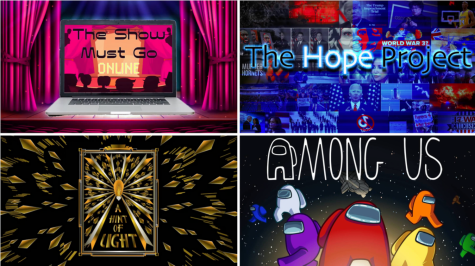Do You Really Wanna Buy That?: The Real Cost of Fast Fashion

Image from the Made in America Movement.
Fashion is something people of all ages love to express themselves and experiment with and in this day and age, there is no shortage of styles to explore. However, amongst all the glitz and glamour it is easy to forget or even completely disregard what goes on behind scenes of today’s fashion industry, more specifically the fast fashion industry. According to Investopedia, fast fashion, “… refers to a phenomenon in the fashion industry whereby production processes are expedited in order to get new trends to the market as quickly and cheaply as possible.” Fast fashion retailers are releasing new clothing every week to keep up with new trends and fads.
That is not a problem itself, but these pieces of fast fashion are being made in factories in developing nations where the workers, including children, are being paid less than living wage. In addition, these factories are a major contributor to the pollution in the environment.When people go shopping, they often don’t think about who made their clothes. Are they being paid living wage? Where were they made and in what conditions? What is the environmental impact? However, in a world where being environmentally conscious and using sustainable alternatives is encouraged, it is important to take all these questions into consideration.
At Berkeley Carroll, there is no shortage of fashionistas and environmental activists with different shopping ideologies. Mae Ryan (‘20) says, “I don’t shop at retail stores… I would say I’m an avid thrifter.” Like many New Yorkers, Mae turns to thrifting which not only helps the environment by keeping clothing out of landfills but is also cheaper. However in a city where there is an H&M, Forever 21, or Zara in every neighborhood, Mae admits, “I do get tempted a little because fast fashion just has so much to do with the trends.” Alba Martinez (‘20) agrees with Mae, “When you’re in the store, you’re not gonna think first about how it was made more than how cute it looks.” The temptation of shopping at fast fashion retailers is strong not only because of its trendiness, but also because of their astonishingly low prices. Nicole Neil (‘20) reasons, “I care a lot about the environment… but because of the prices of certain items of clothing, I make decisions based on that.” Many unemployed high school students, like Nicole, can not afford to buy clothing from high end fashion retailers that market themselves as sustainable and ethical.
Nonetheless, shopping ethically as an American teen, especially in New York City, is a challenge but it can be done. One of the ways to do this is thrifting. Especially in Brooklyn there is no shortage of second hand shops that are not only affordable but also fun to sift through. Clothing swaps with friends and family is another option often overlooked by many. Nowadays as it is becoming more important to be conscious of our environmental impact, people need to know fast fashion is not the only option.






